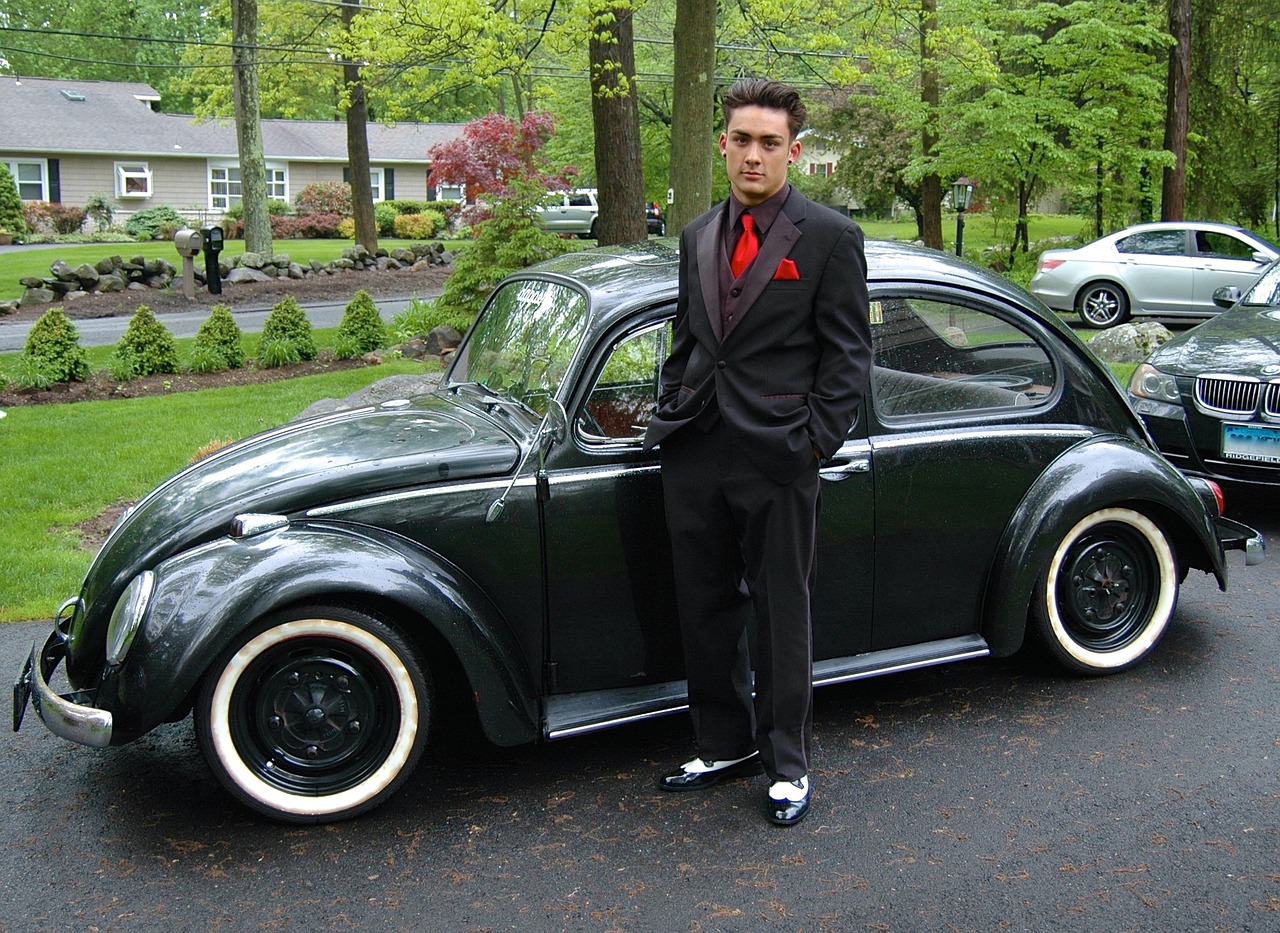The Intersection of Fashion and Automotive Design: Collaborative Trends
Luxury fashion houses have long been setting trends in the world of design, and now their influence is expanding into the realm of automotive interiors. With a focus on high-quality materials and sleek aesthetics, fashion brands are collaborating with car manufacturers to bring a touch of elegance and sophistication to the interiors of vehicles.
From plush leather seats to intricate stitching details, the infusion of fashion house influence into car interiors is elevating the overall look and feel of modern vehicles. By incorporating elements like signature patterns, textures, and color schemes, these collaborations are bringing a new level of style and luxury to the driving experience.
Innovative Materials in Automotive and Fashion Design
In both automotive and fashion industries, there has been a surge in the use of innovative materials that are not only aesthetically pleasing but also offer enhanced functionality. Materials like recycled plastics, sustainable fabrics, and vegan leather are becoming more prevalent, reflecting a growing awareness of environmental impact and ethical considerations. Designers are experimenting with unconventional materials to push boundaries and create unique products that cater to the evolving preferences of consumers.
Advancements in technology have paved the way for the integration of smart materials in both automotive and fashion design. From self-healing fabrics to temperature-sensitive coatings, these materials are revolutionizing the way products are conceptualized and developed. The use of these innovative materials allows for greater customization and personalization, creating a more interactive and engaging user experience.
Crossover Trends in Color Palettes
In the world of design, the lines between automotive and fashion color palettes are becoming increasingly blurred. Both industries are drawing inspiration from each other, leading to a fusion of vibrant hues and sophisticated neutrals in car interiors and high-end fashion collections. This crossover trend is evident in the use of bold primary colors like electric blue and fiery red, as well as the incorporation of earthy tones such as olive green and terracotta.
Designers are embracing this fluidity in color palettes to create harmonious and visually appealing aesthetics that resonate with consumers across different sectors. By infusing automotive-inspired shades with fashion-forward hues, brands are able to cater to the modern consumer’s desire for versatility and individuality. This integration of colors from both worlds not only influences the look of car interiors but also sets the tone for emerging fashion trends, demonstrating the interconnected nature of design across various industries.
How are fashion houses influencing car interiors?
Fashion houses are now collaborating with car manufacturers to incorporate trendy color palettes and designs into car interiors, creating a crossover trend between fashion and automotive industries.
What are some innovative materials being used in automotive and fashion design?
Innovative materials such as sustainable fabrics, recycled plastics, and eco-friendly leathers are being used in both automotive and fashion design to promote sustainability and creativity.
How do crossover trends in color palettes affect both industries?
Crossover trends in color palettes bring fresh perspectives and unique combinations to both fashion and automotive design, allowing for more creative and aesthetically pleasing products in both industries.







